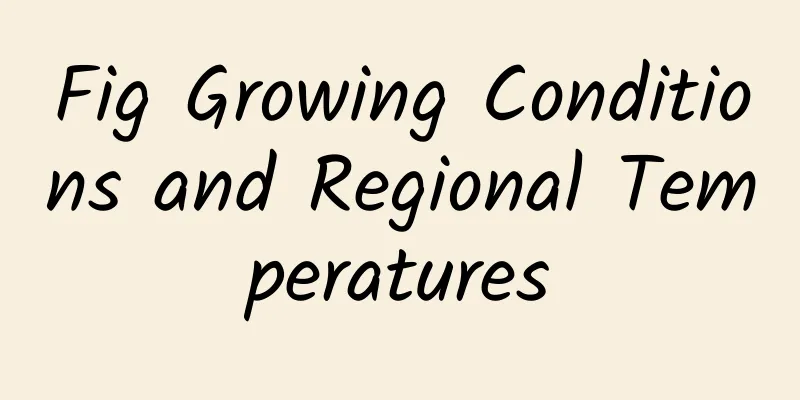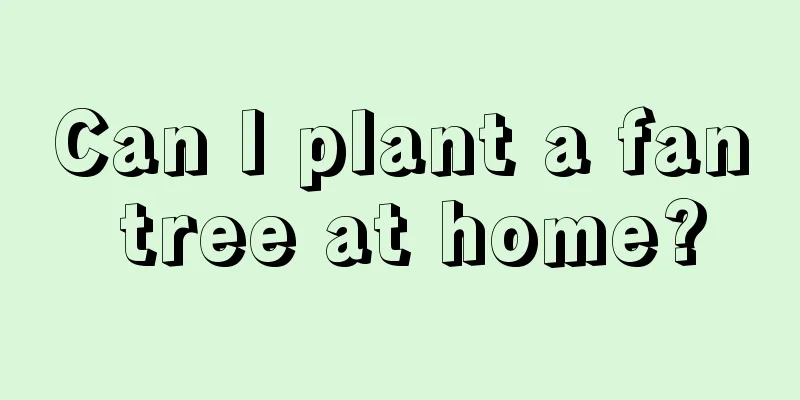Cultivation methods and maintenance matters of old elm stumps

How to grow elm trees into old stumpsThe best time to dig up old elm stumps is during the dormant period when the temperature is lower in winter. It is easier for the old stumps to survive if they are dug up in March or April in spring before they sprout. During this period, the temperature slowly rises, and the roots and buds of the elm trees have stronger germination power, which is conducive to the survival of the old stumps. Cultivation method of old elm stump1. Apply fine water to induce roots: Water is the source of life. The germination of any plant root system is inseparable from water. The old elm stump cannot leave water to re-root, but it likes dryness and hates waterlogging, and cannot tolerate waterlogging. If the soil used for stump maintenance contains too much water, the roots will rot, but if the soil lacks water, it will be difficult to take root. It is best to spray water frequently with fine mist. Not only the soil and roots, but also the stump need to be sprayed. 2. Shade to promote root growth: Elm is a sun-loving tree species and needs sufficient light to grow. However, during the period of stump cultivation, the light needs to be reduced. The less light there is, the easier it is for the plant to take root and sprout. Shade is required in the year of transplanting the stump down the mountain, and it should not be exposed to the sun. 3. Use light fertilizer to nourish the roots: Old elm stumps cannot tolerate concentrated fertilizers. Excessive fertilizer will burn the roots. Therefore, during the maintenance of old stumps, do not apply top dressing for one to two years. The fertilizers stored in the plant itself and in the soil are sufficient to supply the tree for recovery of growth. 4. Suitable temperature preservation: Although elm trees have a certain degree of cold resistance, their cold resistance is severely reduced after being transplanted and survive. It is necessary to take measures to keep warm. Outdoor ground plants can be covered with thick soil, and potted plants can overwinter indoors. The room temperature should not be too high to prevent premature germination indoors. Pruning old elm tree1. Thinning is to cut off the overly dense and messy branches on the old elm tree stump from the base. By thinning out the excess and messy branches, a balanced nutrient supply can be achieved, which is beneficial to the growth of other branches. 2. Short pruning obviously means shortening the branches that have grown too long on the old elm stump, so that the tree shape will be reasonable and appropriate without destroying its original state, and it can stimulate the sprouting of the lower branches, making the tree shape fuller and more vigorous. 3. Pruning is to cut off part of the perennial branches of old elm stumps. This is also a technique of "branch storage and trunk cutting" of the Lingnan School. It can reduce the growth of the plant and promote the growth of branches and buds below the cut. Therefore, pruning is the main measure to restore the tree's vigor and renew and strengthen it. Precautions for maintenance of old elm stumpsWhen the old stump is established, thin soil should be used for cultivation. In fact, most of the elm bonsai we often see use very little soil. However, when cultivating the stump, it is best to choose thick soil for cultivation. This can increase the effect of heat preservation and moisture retention, and can prevent the loss of water and nutrients. It is best to use sandy soil, and never use clay, or nutrient soil. If you want the root system of the elm bonsai to develop well and the new buds to germinate faster, in addition to paying attention to temperature, sunlight, and soil, water is very important. The water used needs to be refined. Generally, the elm bonsai can be kept in a slightly dry state. Do not keep it in a moist state for a long time, otherwise the roots will have difficulty breathing, which will affect the recovery of the roots. During the root care stage, if you use fertilizer, it must be dilute so that it can increase the nutrients. If the concentration is too high, the roots will be burned, resulting in a decrease in survival rate. This is very important because nutrients can be replenished in time to increase its growth rate. If they are not replenished well, there will be many problems. Picture appreciation of old elm tree stump |
>>: Cultivation methods and maintenance matters of old osmanthus piles
Recommend
Grape planting methods and techniques, how to grow grapes
1. Planting method 1. Planting time: When plantin...
What to do if the money tree falls over
1. Reasons In order to find a solution to the pro...
When should I repot my fortune tree? How long should I water it after repotting?
1. Time to change pots You should choose spring t...
How to distinguish melons and chestnuts
1. Blades There are 5-11 leaflets in the gourd ch...
What are the best vegetables to grow in July?
With the arrival of July, the temperature continu...
What kind of land is suitable for planting Bupleurum? What is the planting time and method?
Bupleurum is one of the most common Chinese medic...
Why do peppers bloom more than bear fruit? (The peppers I planted only bloom but don't bear fruit)
1. Fake seeds Now there are some unscrupulous ven...
Can Ivy be placed in the bedroom?
1. Environmental requirements Ivy is shade-tolera...
Where do cauliflower seeds come from?
Where do cauliflower seeds come from? Cauliflower...
When is the best time to plant tomatoes?
Tomato is a widely grown and consumed fruit and v...
When does the quince bloom?
Flowering period The flowers of the quinceandra m...
The efficacy and function of Jasper
1. The value of history In the earliest times, it...
How to grow bamboo begonia flowers (potted bamboo begonia cultivation methods and precautions)
Bamboo Begonia is one of the flowers that is very...
Can peanuts be planted repeatedly?
Continuous cropping refers to planting the same c...
How to water Echeveria
1. The water requirement of this plant Generally ...









